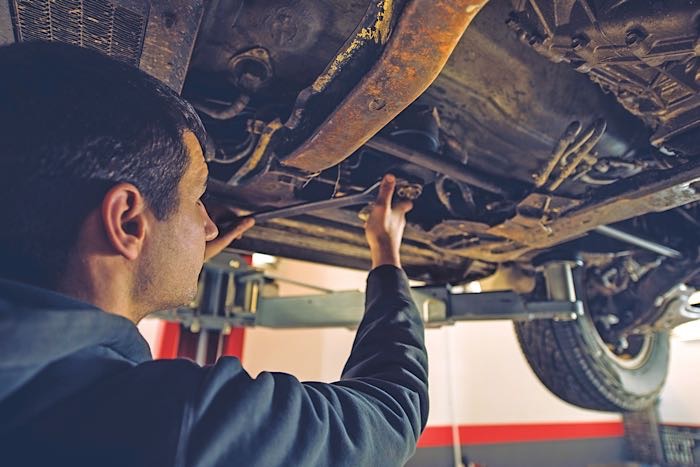Brake lines are vital for safe vehicle operation. They carry brake fluid to each wheel. This allows hydraulic pressure to activate the braking system. If a brake line is damaged the system may fail. Even small leaks or cracks can be dangerous. A well maintained brake line ensures steady braking performance. Service centers provide thorough inspections to detect issues early. Their service tiers help drivers choose the right level of protection.
The Importance of Early Detection
Brake lines are often exposed to harsh conditions. Heat moisture and road debris can cause wear. Over time small cracks may appear in the line surface. Corrosion can also develop on metal sections. These issues can reduce fluid pressure and slow braking response. Early detection prevents sudden failure on the road. Inspections identify weak spots before they become severe. A proactive approach improves safety and reduces costly repairs.
Basic Service Tier: Visual Inspection and Fluid Check
The basic service tier is ideal for routine maintenance. Technicians perform a visual inspection of all brake lines. They look for cracks bulges and signs of corrosion. Brake fluid levels are checked to ensure there are no hidden leaks. This tier is best for vehicles in mild conditions. It provides peace of mind between major service visits. A regular basic check can prevent many problems from developing. Going for the Brake Repair in Albany, OR based service might be the best here/
Mid-Level Service Tier: Detailed Line Assessment and Minor Repairs
The mid-level service tier offers a deeper evaluation. Technicians inspect the full length of each brake line. Flexible hoses and metal sections are examined closely. Minor damage such as surface rust is treated before it spreads. Loose fittings are tightened to prevent leaks. Small leaks are repaired immediately to restore system integrity. This tier is suited for drivers who travel in varied conditions. It adds an extra layer of safety compared to basic checks.
Why Regular Brake Line Checks Matter
Brake lines do not fail without warning in most cases. Signs like soft pedals or fluid spots under the vehicle often appear first. These symptoms indicate a leak or structural weakness. A timely inspection can confirm the issue before it worsens. A healthy brake line ensures consistent pressure and quick stopping power. Delaying checks increases the risk of sudden loss of braking. Service tiers allow drivers to match inspection depth to their driving habits and environment.
Conclusion
Brake line inspections are an essential part of vehicle safety. Leaks and cracks can quickly lead to brake failure. Service centers provide tiered options to suit different needs. From a simple visual inspection to full system protection there is a solution for every driver. Early detection prevents costly repairs and improves road safety. A well maintained brake line keeps the braking system reliable and responsive in every situation.

